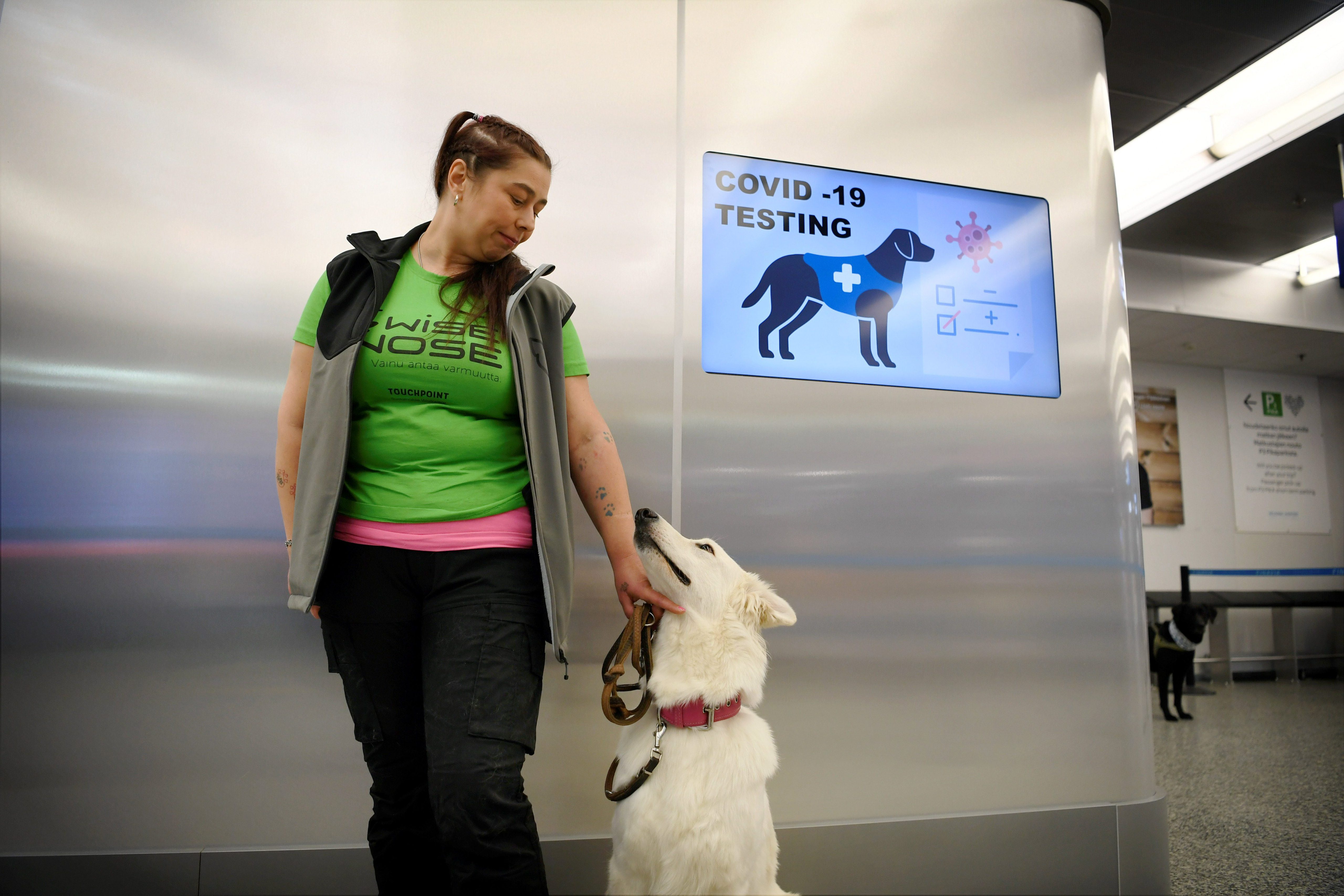Besides our fellow humans, what species do we observe the most as they age? The answer, for many of us, is likely to be dogs. Some dog owners are present for all aspects of their pet’s life, from puppyhood to old age. It’s a relationship that can bring plenty of moments of joy, as well as some of melancholy.
As it tuns out, the way dogs age might also be relevant for reasons of science. A new article by James Gorman at The New York Times explores a number of ways scientists are studying canine aging with an eye towards how it could be applied to human aging. This covers a lot of ground, from a more accurate method of applying human years to dog years to one study that compares a dog’s aging to that of Tom Hanks.
Gorman highlights some research being done into methylation, which explores how DNA changes over time. “Scientists are unsure about whether the physical decline seen in aging in dogs and humans, in fact in all mammals, is related to the process of development in earlier life, or whether the decline is a different process altogether,” he writes. The research involving dogs points to the same genes being involved with both processes.
There are other ways in which studying the way dogs age can reveal broader truths about human aging. These scientists aren’t the first to seek parallels between humans and dogs; as far as quantifying those parallels, however, they’re breaking new ground.
Thanks for reading InsideHook. Sign up for our daily newsletter and be in the know.

















